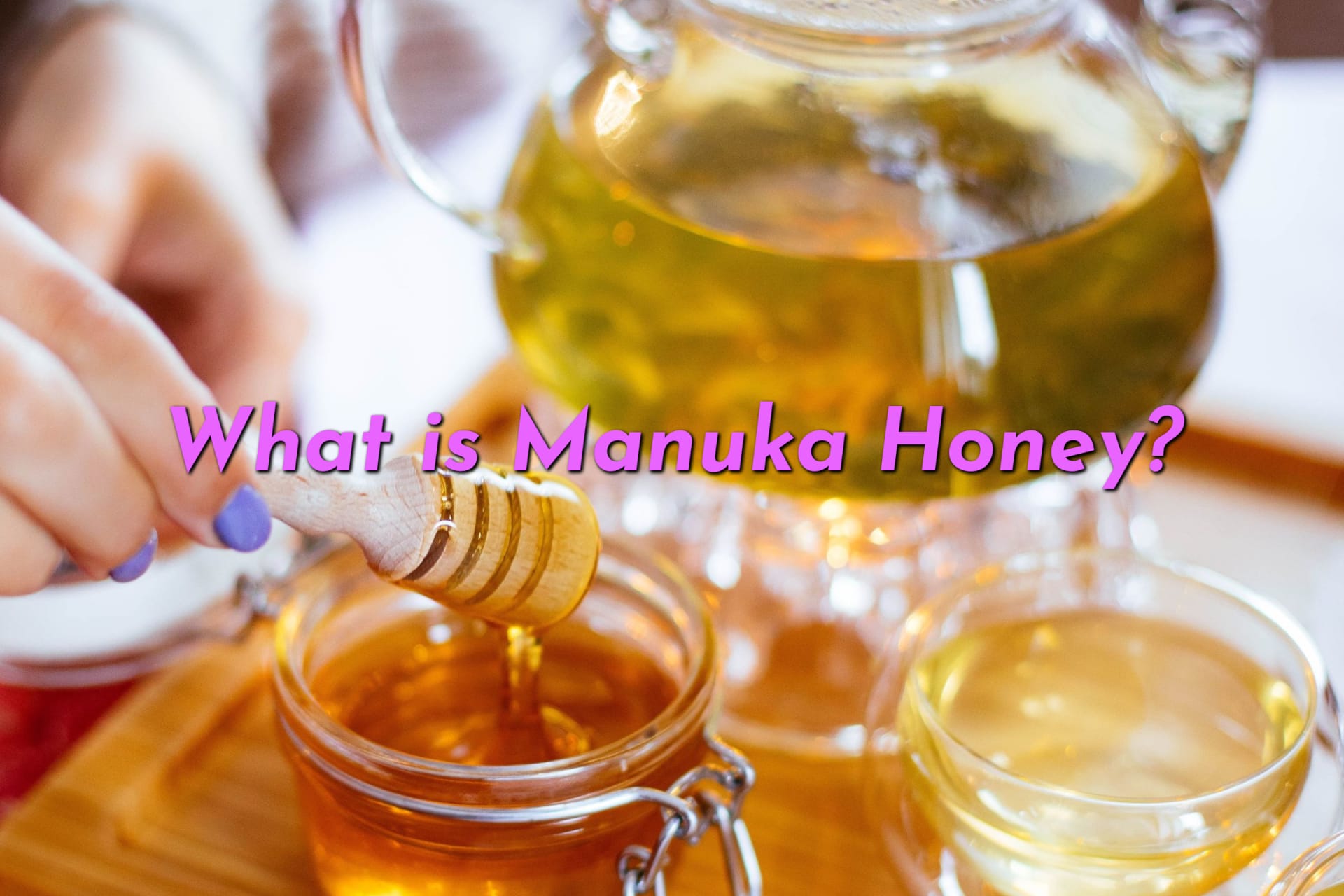Manuka(MAH-ooka) honey is a variety of honey that originates almost exclusively in New Zealand. This honey is unique not only for its thick, crystallized texture but also for its health benefits. It is popular with celebrities and foodies alike. And, with a growing interest in its potential benefits as a health food and for practical medical applications, demand has quickly outpaced supply. This results in jars of Manuka selling for exorbitant prices. An 18-ounce jar can sell for anywhere between $30 and $400 USD, with some special preparations reaching into the thousands. But what is Manuka Honey?
How is Manuka Honey Made?
Like any other variety of honey, the name for Manuka honey comes from the source of nectar bees use to produce it. Manuka honey is from nectar from the Manuka tree, a shrub-like tree that originated in Australia but somehow managed to find it’s way to New Zealand. This tree is grows in poor soil and dry conditions. This initially posed some challenges for the tree in the wet, fertile soil of New Zealand. However, with assistance from the Maori people, the tree is now common throughout much of New Zealand.
The Manuka tree comes into flower only once a year and has a fairly short flowering season. Depending on weather and soil conditions, the Manuka tree begins blooming sometime between September and March. While the flowering season can last as much as 12 weeks in a good year, the trees typically only bloom for about 25 days. This means that bees have a very short amount of time in which to collect their nectar.
From there, the honey making process is identical to that of other varieties. The nectar the bees collect mixes with enzymes in the bee’s crop, making the nectar more stable for long term storage. They carry the nectar back to the hive and deposit it into a series of wax cells called honeycomb. Worker bees fan their wings over the open cells allowing the moisture in the nectar to evaporate out, leaving behind the thick slurry of sugars that we know as honey.
What Makes Manuka Honey So Special?
Manuka trees only grow in such dense populations in Australia and New Zealand and its flowering season is short. Bees are not particular about where they source their nectar and how it is organized in the hive. This means that if the Manuka the bees harvest from is in a region where many other plants are also blooming there is no guaranteeing that the honey they produce will be pure Manuka. But why does that matter?
Due to the specific chemical composition of Manuka nectar, the honey making process causes a reaction that results in the production of Methylglyoxal (MGO). While honey already has some antibacterial properties allowing it to be stored for years (sometimes thousands of years) and remain perfectly edible, the addition of MGO makes Manuka honey especially good at fighting infection.
Studies show that its antibacterial properties are approximately 9 times stronger than that of regular honey. In fact, its properties are so well documented that it has received FDA approval for use as a medical-grade wound dressing. While its uses in wound care are widely accepted, the FDA does not yet recognize its medicinal properties when ingested. However, much anecdotal evidence suggests that Manuka’s benefits do not stop with wound care. A variety of sources tout this honey’s usefulness in a number of naturopathic applications, including but not limited to treating acne, healing sore throats, and treating oral health issues like gingivitis and halitosis.
Why Does MGO Level Matter?
MGO is the compound in Manuka that boosts the honey’s natural healing properties. The levels of MGO present in Manuka honey vary greatly depending on the subspecies of Manuka the nectar is from. The purity of the honey can also have a big impact. If the Manuka has a weak flowering season or the region the bees are collecting from has a high enough concentration of other flowering plants, the honey will have a lower MGO content. Lower MGO content means the honey will have a reduced capacity to fight infection.
How To Find Pure Manuka Honey
With recent spikes in popularity and demand far outpacing supply, it’s difficult to know if you’re purchasing real Manuka. Because pure Manuka is so difficult to produce consistently, it is also particularly expensive. Eating Manuka with high MGO content often sells for somewhere around $50 USD for an 18-ounce jar. Varieties with particularly high MGO content can sell for a few thousand dollars. Knowing the high demand and considering the potentially huge profit margins, unscrupulous companies may try to take advantage. These companies market their product as being pure when the MGO content may be suboptimal. This makes judging the honey by the price a poor indication of purity and authenticity. So what is a Manuka Honey consumer to do? How do you know if your Manuka honey is the real deal?
In order for Manuka Honey to be pure, therapeutic grade it has to comply with the following standards:
- UMF rating and trademark is clearly stated on the front label
- Produced, packaged, and labeled in New Zealand
- Purchased from a New Zealand company licensed to use the quality trademark UMF
- New Zealand UMF Licensee’s brand name and license number is printed on the label
- Batch number is clearly printed on the label for verification against the Official UMF Release Certificate
If the honey you’re considering purchasing doesn’t meet these requirements, contact the company for more information or purchase from a more reputable brand.
If you’d like more information about raising your own bees, please reach out to Beek’s Best. We strive to provide the best products and information to all beekeepers.


Recent Comments